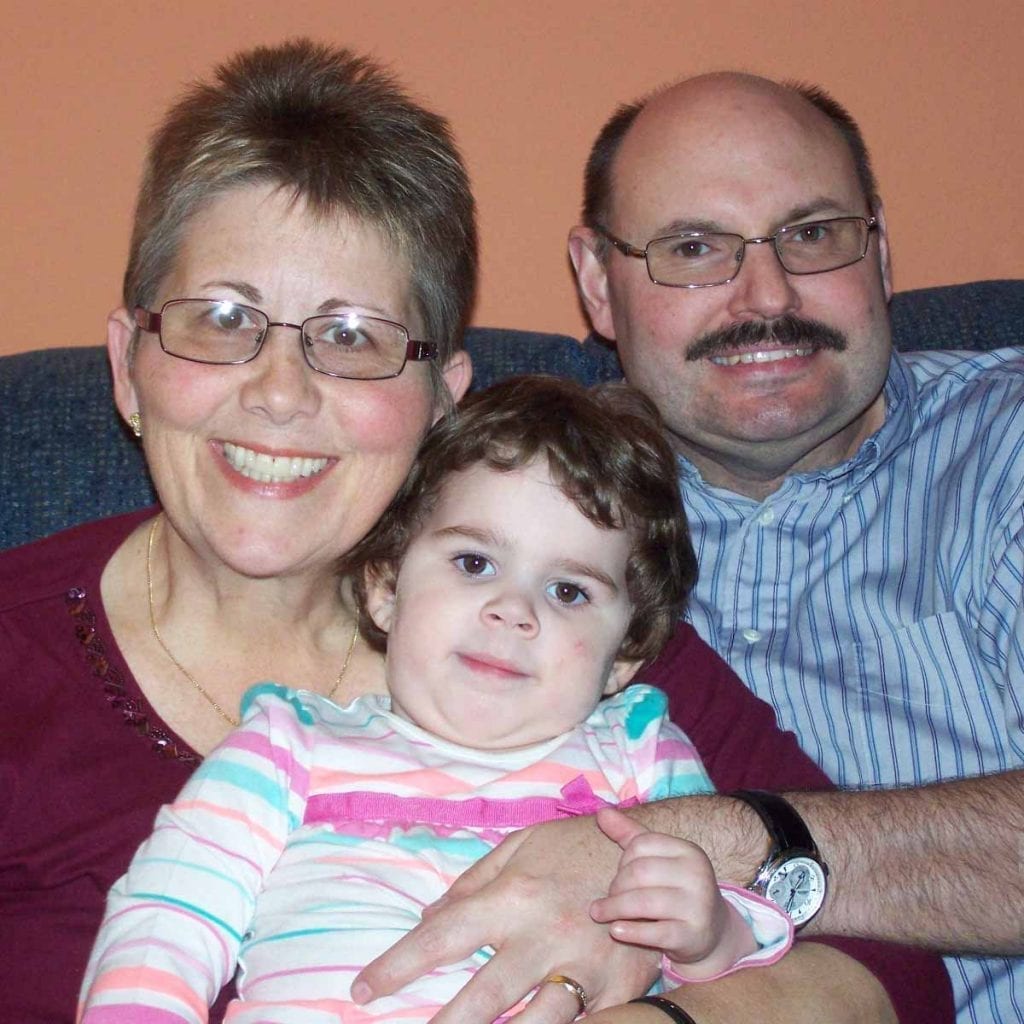California Couple Learns Financial Lessons the Hard Way
The phone rang at Michael Hufnagel’s desk nearly every day for three years.
Hufnagel is an accountant for a production company in California and phone calls are part of doing business, but he knew the calls weren’t about the business, so he let the phone ring.
His wife, Cindy, carried a cellphone to her job. It buzzed nonstop, all day, every single day. She wouldn’t answer either, and it had nothing to do with the fact that she was teaching a classroom full of first-graders.
“Credit card companies and collection agencies,” Michael said, the dread still sounding in his voice, even though the calls stopped more than a year ago. “They were relentless. They would call us at work, at home, during dinner, late at night. They even started calling our parents and hassling them.”
Cindy said that after she and her husband stopped answering the calls, “they somehow figured out a way to make the caller ID that comes up on your phone look like it’s a local call to try and fool us. Eventually, we had to tell everyone, even our parents, that we couldn’t answer the phone anymore.”
Problems Started Long Ago
Their story stretches over two decades. If you have ever been late with a credit card payment, you will recognize the missteps and lapses in judgment that cost them dearly. You also will appreciate the determination and discipline they showed digging themselves out of a $69,000 hole.
“Some people talk about their financial problems like it was a two-car collision at an intersection,” Cindy said. “We made so many mistakes that ours was more like a 90-car pileup on the interstate … in fog!
“But somehow, we got up and walked away.”
The problems started when Cindy left home to enroll at a college in Montana “with nothing more than Pell grants to cover my expenses,” she said.
The Pell grants covered tuition, but not much else. She needed money for room, board and other college-related expenses. The situation got worse when her father died unexpectedly and she had to cover travel-related expenses for the funeral.
The answer – student loans and her first credit card – turned out to be two steps in the wrong direction. By the time she picked up her diploma, she was $21,000 in debt with student loans and owed $9,000 on credit cards.
“Nobody trained me on when to use credit cards, and nobody trained me on when not to use them,” Cindy said. “Everybody told me that you need at least one credit card for emergencies, but I never used it for emergencies. I used it for everything. It was like I was spending play money.”
Moving Made Things Worse
She moved to California after graduation, and the financial stumbles continued. She added a car loan ($21,559) and personal loan ($3,909) to her student loan and credit card debt. She had a teaching job, but her salary couldn’t keep pace with her debt, so she declared bankruptcy in 2000 and vowed to start over.
“Without using credit cards,” Cindy said. “I swore them off.”
She didn’t swear loud enough. She met Michael a few years later, and the two were married in 2005. The problems with credit cards started even before they said “I do.”
Cindy had a couple of credit cards with large balances and high interest rates, so they opened a new credit card with lower interest rate and transferred the balances. Then they put some of the wedding expenses on the new card and took a week long honeymoon to San Diego, Palm Springs and Los Angeles, with stops at restaurants, hotels and attractions like Sea World and Disneyland.
When they got home, there were curtains, furniture and other accessories to decorate the new house they had just bought. All of it went on the credit cards.
“We were only paying 6 percent on the cards, so I wasn’t worried,” Michael said. “I just figured we’d catch up in a few months.”
More Travel, More Bills, More Debt
The debt load reached $30,000 when they decided to take a second honeymoon. The destination this time was three weeks in Europe, which added $8,000 to the credit card debt. When they got home, they spent another $1,800 on season tickets for a minor league hockey team and continued the habit of eating dinner at restaurants a few nights a week.
All of it went on the credit cards.
“People used say to us ‘Wow, you must be super rich,’ but they had no idea,” Cindy said. “I’m sure it looked like that because of our lifestyle. All the traveling, eating out all the time, buying season tickets to hockey games made it look like we were rich, but we were far from it. We were just putting everything on credit cards and hoping to figure things out later.”
By 2008, the credit card debt had reached $58,000, and the pressure was building. The Hufnagels were making the minimum payments on 15 credit cards. The bill for that was $1,500 a month. Due dates varied, meaning there had to be a great deal of coordination between sending out checks and making sure there was enough money in the bank to cover them.
“That is when things really got stressful,” Cindy said. “I’d send out a check and hope it took 3 to 4 days to arrive at the card companies, so there would be enough time for our paychecks to clear at our bank.”
Rule Changes Pushed Them over the Top
The Hufnagels played that game for a couple of years, but their lifestyle didn’t change. They loved Disneyland and went every year at Thanksgiving. They loved San Diego and went every year on their anniversary. They loved eating out and buying gifts for relatives and celebrating holidays to the hilt until, finally, the house of cards crumbled.
Card companies instituted stricter rules on delinquent accounts in 2011. The Hufnagels went from paying 6 to 10 percent on unpaid balances to paying 29.9 percent. The tab to meet minimums on the credit cards was up to $1,800 a month.
Cindy already was doing afterschool tutoring and working part time at a restaurant to try and bring in more money, but expenses always exceeded income. The pressure and debt kept rising – as did the constant harassment from collection agencies – until Cindy finally suffered a nervous breakdown.
“I always told myself I never wanted to go through bankruptcy again, but there I was, right back in that same place,” Cindy said. “I thought we were going to lose the house and everything with it, and there was no way out.”
Debt Settlement Program Was a Savior
Then a flier arrived in the mail advertising debt settlement, and the Hufnagels decided to give it a try. The debt settlement company came up with a plan and required four major moves on the part of Cindy and Michael:
- Shred the credit cards. All of them. Cut ’em up and throw ’em away.
- Allow the company to negotiate settlements with credit card agencies.
- Make payments of $952 a month into an account to pay off the settlements.
- Stop taking calls from credit card companies and collection agencies.
The Hufnagels agreed and added a few conditions of their own:
- No more annual trips to Disneyland or San Diego.
- No more eating out, unless it involved deep discount coupons.
- No more season tickets to anything.
- No more traveling across the country for family gatherings.
- No more impulse buys when shopping.
- No more memberships at gyms and tennis clubs.
- Carefully consider money available before agreeing to car and home repairs.
- Budget for everything. If it’s not in the budget, don’t spend the money.
The combination saved them. It didn’t hurt that along the way, they welcomed a baby girl, Savannah, who made them become even more responsible about their spending. A new baby meant more expenses, but now they could afford it.
The $69,000 debt, which was cut in half through debt settlement, is down to $5,640 and dropping like a stone through water. They still pay $952 a month to the special account, and the debt settlement company does the rest. The last payment is due in November of this year.
They also started contributing $80 a month to a separate account so they can celebrate the day they are they debt-free.
“We’re going to Disneyland,” Cindy said. “Only this time, no credit cards. We’ll pay cash.”


















